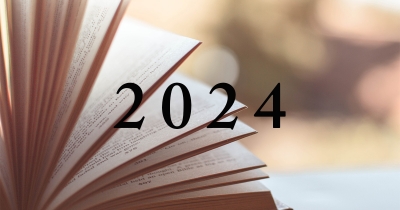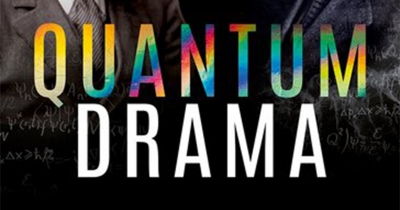Accessibility Tools
- Content scaling 100%
- Font size 100%
- Line height 100%
- Letter spacing 100%
Robyn Arianrhod
The ABR Podcast
Released every Thursday, the ABR podcast features our finest reviews, poetry, fiction, interviews, and commentary.
Subscribe via iTunes, Stitcher, Google, or Spotify, or search for ‘The ABR Podcast’ on your favourite podcast app.
The red thread: Xi Jinping’s ideology of power
by Neil Thomas
This week on The ABR Podcast, Neil Thomas reviews On Xi Jinping: How Xi’s Marxist Nationalism is shaping China and the world by Kevin Rudd. Thomas explains that even China watchers find it hard to be clear on the thoughts and plans of the leader of the Chinese Communist Party. They disagree, he tells us, on basic, critical questions, such as for how long Xi will rule. ‘Enter Kevin Rudd’, Thomas writes. ‘In his latest book, former prime minister Kevin Rudd adds a worthy new chapter to his life of public service, digesting thousands of pages of “Xi Jinping Thought” so that you do not have to’. Neil Thomas is a Fellow on Chinese Politics at Asia Society Policy Institute’s Center for China Analysis in Washington DC. Here is Neil Thomas with 'The red thread: Xi Jinping's ideology of power' by Neil Thomas, published in the December issue of ABR.
Recent episodes:
Nexus: A brief history of information networks from the Stone Age to AI by Yuval Noah Harari
Vector: A surprising story of space, time, and mathematical transformation by Robyn Arianrhod
Robyn Arianrhod is a science writer, and an affiliate of Monash’s School of Mathematics. Her reviews have appeared in Australian Book Review, The Age, Times Higher Education, The Mathematical Intelligencer, Cosmos, and Notices of the American Mathematical Society. Her latest book is Vector: A surprising story of space, time, and mathematical transformation (UNSW Press, 2024).
... (read more)Beginning this week on the ABR Podcast, we celebrate the 2024 ABR Elizabeth Jolley Short Story Prize shortlist over three episodes. In each episode, one of the three shortlisted authors will read their story – also published in the August issue of ABR. The overall winner of the Jolley Prize will be announced at an event at Gleebooks in Sydney on August 15. Proceeding in alphabetical order, Episode One features Kerry Greer’s ‘First Snow’.
... (read more)In this week’s ABR Podcast, Robyn Arianrhod considers the state of popular science writing in the Australian literary landscape. She argues that in-depth science writing with popular appeal and literary value is increasingly hard to find in Australia. And where exemplary works of this kind are published, they are rarely recognised with reviews or literary prizes. Robyn Arianrhod is an Affiliate in Monash’s School of Mathematics and her new book is Vector: A surprising story of space, time, and mathematical transformation, published by NewSouth Books. Listen to Robyn Arianrhod with ‘Beyond the mundane: Popular science writing in our literary landscape’.
... (read more)After Netflix’s intriguing sci-fi thriller 3 Body Problem streamed into Australia earlier this year, readers rushed out in droves to buy the book on which the series is based: Liu Cixin’s The Three-Body Problem (2008), which was first translated into English in 2014. Most reviews have focused on the philosophical, literary, and cultural aspects of the book – and they are, indeed, fascinating. But the thing that interests me here is the accurate scientific detail that Liu uses to drive the story. Of course, this is sci-fi, so ultimately he presses real concepts into unreal (but imaginative) service. Still, much more physics and maths appear in his book than in the Netflix series, which, according to Tara Kenny’s review in The Monthly (April 2024), ‘offers a welcome workaround’ the science through visual effects. In the book, by contrast, ‘Lengthy passages are spent dutifully explaining physics theories and technological functionality, which is likely to deter readers who haven’t thought about science since they dissected a rat in high-school biology.’
... (read more)










